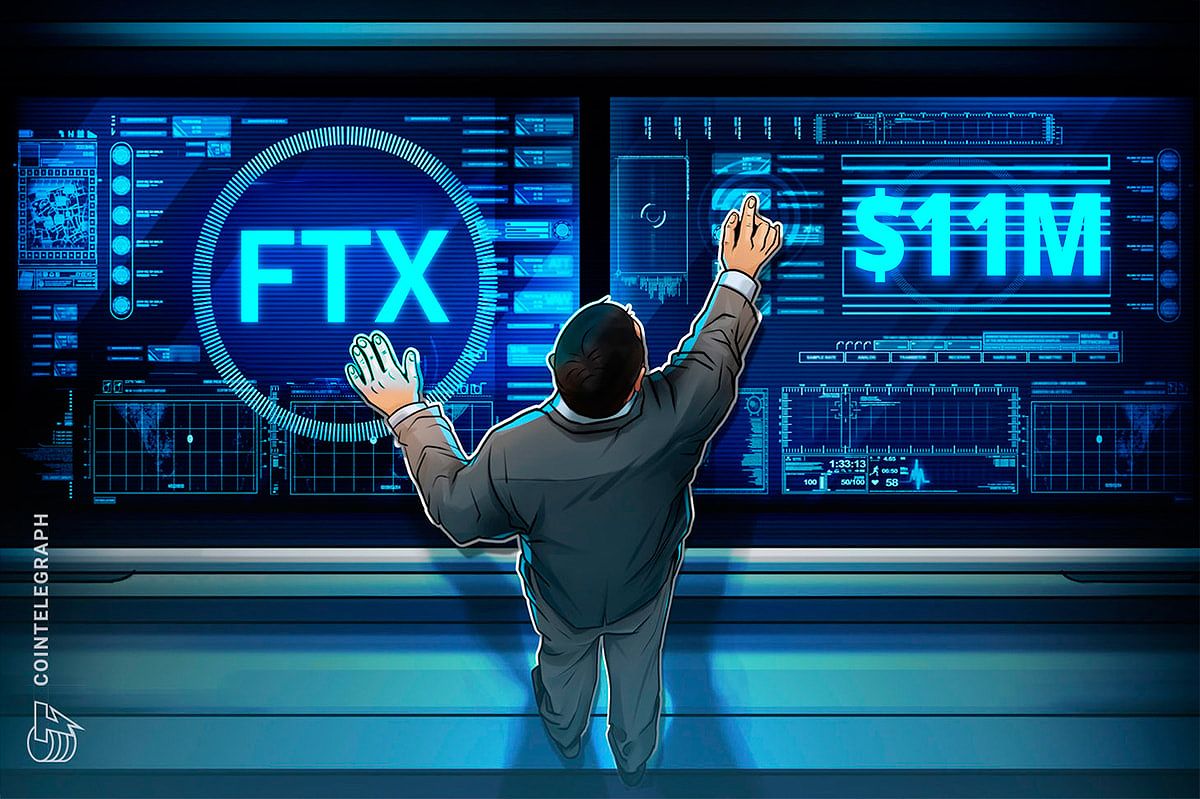Imagine waking up one day to discover that a trusted financial platform has collapsed, taking with it your hard-earned savings. This is the grim reality faced by countless investors in the aftermath of the FTX bankruptcy. The once-promising venture has left a wake of financial despair, forcing individuals to navigate a labyrinth of legal complexities and emotional turmoil. This article seeks to explore the challenges that FTX investors must confront while offering a personal perspective on navigating this unprecedented crisis.
The Legal Quagmire: Alameda’s Pursuit of Justice
As investors scramble to make sense of their losses, Alameda Research—an entity deeply entwined with FTX—has embarked on its own legal crusade. The firm has initiated lawsuits to reclaim substantial funds that remain frozen across various cryptocurrency exchanges. One particularly striking case involves a battle against a major exchange to recover millions of dollars trapped in an account since 2022. The legal arguments hinge on ownership rights and the exchange’s alleged reluctance to cooperate in releasing these assets.
This situation exemplifies the broader challenges that creditors face in the wake of the FTX debacle. Investors are not merely passive observers; they are now active participants in a protracted legal struggle that could last years. The nuances of international regulations and jurisdictional disputes further muddy the waters, complicating efforts to reclaim lost funds. Investors must brace themselves for a drawn-out fight, where success is uncertain and the stakes are high.
Alameda’s strategy centers on proving clear ownership of the frozen assets while countering the exchange’s justification for withholding them. A favorable outcome could set critical legal precedents, potentially benefiting a broader group of investors who find themselves in similar predicaments. However, it’s essential to recognize that the road to recovery is fraught with hurdles, and the complexities of the legal landscape may leave many feeling disheartened.
Dissecting the FTX Repayment Plan

For those impacted by the FTX collapse, the proposed repayment plan offers a glimmer of hope, albeit a limited one. The plan outlines a method for reimbursing a significant portion of lost funds, calculated based on the value of cryptocurrencies at the time of the bankruptcy filing. Investors should note that any price surges after that date are not factored into the reimbursement process, which may lead to further disappointment.
Understanding the repayment structure is crucial for affected users. The plan specifies that the distribution of funds will vary according to the type and quantity of cryptocurrency held in accounts at the time of the bankruptcy. This means that those who diversified their holdings may experience different recovery rates compared to those who concentrated their investments in a single asset. While the plan does provide a pathway for some recovery, it does not assure full restitution of losses, underscoring the importance of transparency in the process to foster trust among investors.
As investors await updates on the repayment timeline, it’s vital to remain vigilant. The recovery process is likely to unfold in stages, extending over an indeterminate period. Those hoping for swift resolutions may find themselves grappling with the reality that patience and perseverance will be their only allies in this arduous journey.
Lessons in Risk Management: A Personal Reflection
The FTX debacle serves as a stark wake-up call, emphasizing the necessity for robust risk management strategies within the cryptocurrency arena. The allure of quick profits can easily overshadow the importance of thorough due diligence. Investors must scrutinize the regulatory compliance, security protocols, and operational transparency of any exchange they choose to engage with. Ignoring these vital aspects can lead to devastating consequences, as witnessed by many in the FTX fallout.
Moreover, diversification emerges as a key principle in mitigating risks. By distributing investments across various exchanges and cryptocurrencies, individuals can shield themselves from the potential fallout of a single platform’s failure. Implementing risk management tactics—such as setting stop-loss orders and only investing amounts that one can afford to lose—becomes paramount in navigating the volatile waters of cryptocurrency.
Staying informed about market trends and regulatory changes is equally crucial. The cryptocurrency landscape is dynamic, and those who remain engaged and educated are better positioned to make informed decisions. This experience serves as a reminder that a well-rounded investment strategy should never be neglected, especially in an arena as unpredictable as cryptocurrency.
Conclusion
The FTX bankruptcy represents a seismic shift in the cryptocurrency landscape, leaving many investors grappling with the fallout. While the repayment plan offers a potential route for recovery, the ongoing legal battles surrounding frozen assets present significant challenges. By emphasizing the importance of due diligence, diversification, and sound risk management, investors can better safeguard their assets and navigate the complexities of this tumultuous market. Ultimately, the lessons learned from the FTX experience should resonate far beyond this singular event, shaping a more cautious and informed approach to future investments in the ever-evolving world of cryptocurrency.

